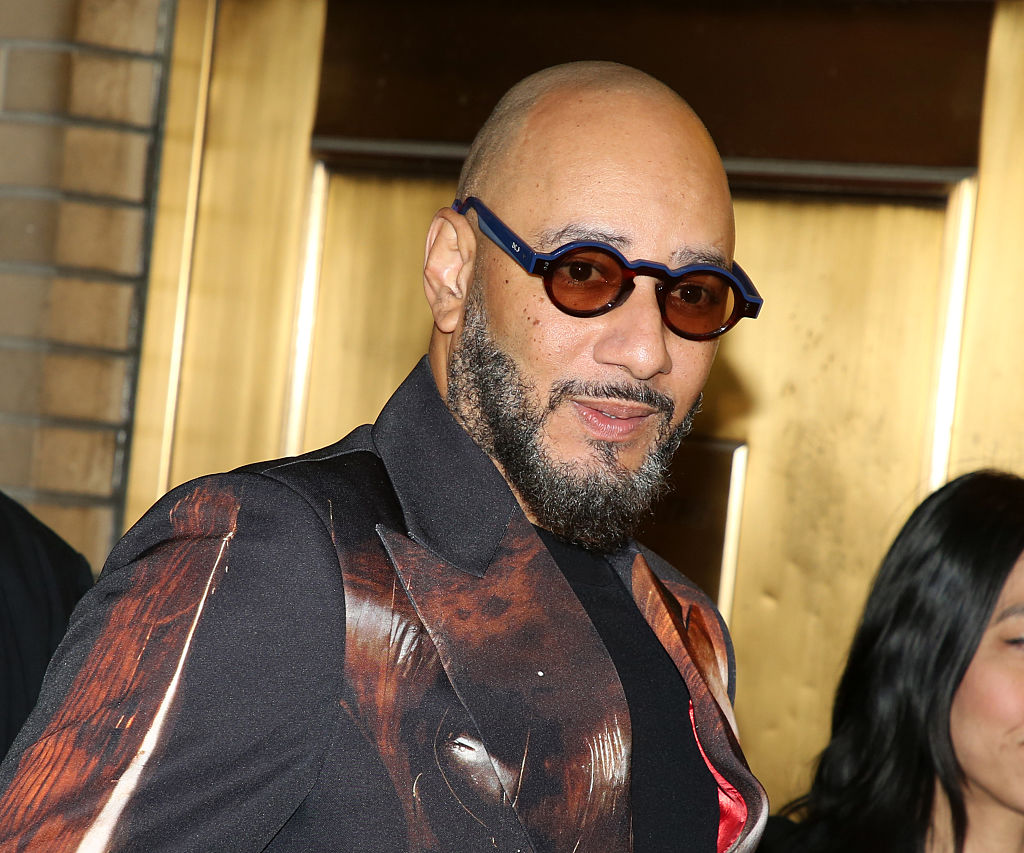‘There Are No Rules’: Inside the Complicated World of Sample Credits
Written by djfrosty on April 11, 2025

In early March, a new James Brown recording strutted onto a Billboard chart for the first time in more than three decades. But Brown, the incendiary funk pioneer who died in 2006, wasn’t going viral on TikTok or putting out albums of previously unreleased material. Instead, he had been sampled by the rapper 310babii, who credited the Godfather of Soul as a featured artist on the new track, titled “Bad.” When the single subsequently hit the Rhythmic Airplay chart, Brown came along for the ride.
A prominent credit for a sampled act has the potential to propel an older name back into the conversation for “a whole new, young audience of fans,” says Karla Redding, daughter of Otis Redding. For legacy acts or artist estates, getting such exposure is more valuable than ever: It can frictionlessly translate into consumption at a time when listening to catalog tracks on streaming platforms is as easy as pulling up last week’s releases. And now that artists’ name and likeness rights have become a more desirable commodity for the investor class, a new wave of listeners raises the value of those rights.
Trending on Billboard
Getting a credit for a sampled vocalist isn’t easy, though. “Most people don’t want to credit samples [in that way],” says Rob Sevier, co-founder of Numero Group, which gets about three sample requests a week.
To prevail in clearance negotiations, the sampled artist needs leverage and a good lawyer. And negotiations can be charged. “All clearances are emotional,” explains Deborah Mannis-Gardner, president of DMG Clearances. “Someone either wrote this song or they recorded it — it’s their baby. [In many cases,] it’s up to them to decide, do they want it altered by it being incorporated into another song?”
They can benefit by saying yes. Sampled artists who get co-billing raise their profile on streaming services. On Spotify, if an act is credited as a collaborator on both the “product level” (where the artists are listed under the title of the single) and the “track level” (where the artists are listed below and to the right of the “play” button), any plays count towards their “monthly listener” number. For an estate that no longer puts out previously unreleased music, this is a way to pump up an often-cited metric on a popular platform.
And in recent years, many legacy artists have sold part or all of their name, image and likeness rights, including Stevie Nicks, the Beach Boys, Bryan Ferry and Pink Floyd. If a sample clearance is done right, those “NIL rights can get boosted through new audience recognition,” says Jason Boyarski, an entertainment attorney who handles the estates of Donny Hathaway and Antônio Carlos Jobim, among others. That in turn can “help boost brand-related projects like biopics, documentaries and musicals.”
In Mannis-Gardner’s view, though, awarding a sampled singer co-billing is unseemly — the sampler is giving away the farm, paying more than they need to for a license. “When I do sample clearances, I work very hard on behalf of my clients not to grant feature credit,” Mannis-Gardner adds, unless her client directs her otherwise.
Some sampled artists don’t request to have their name in the lights. Kendrick Lamar‘s “luther” borrows a piece of Cheryl Lynn and Luther Vandross‘ “If This World Were Mine,” a tender lover’s duet originally written by Marvin Gaye in 1967. Although Vandross’ voice, glistening like fresh snow, is the first vocal on “luther,” he is not billed as a featured artist on the track.
David Gottlieb, who manages the Vandross estate, says it “didn’t ask for any sort of credit” in exchange for clearing the “If This World Were Mine” sample. “You don’t hear Luther and Cheryl a tremendous amount [on Lamar’s track],” he explains. “It would be obnoxious to ask for a feature.
“There’s always a discussion [internally],” Gottlieb continues. “We have our set of guidelines for samples [called] W.W.L.D. — What Would Luther Do? If someone is using Luther singing ‘Never Too Much’ in the chorus, we would raise our hand and say you need to put a feature in, if that was something we wanted.”
Primary Wave acquired a stake in Vandross’s publishing, master royalties and name and likeness rights in 2021. The company also works with Mark Morrison, the man behind “Return of the Mack,” a thunderous ’90s R&B single that reliably incites sing-alongs.
“In the last week, I’ve seen a license request for ‘Return of the Mack’ come across our desk,” says Justin Shukat, president of publishing at Primary Wave. “When we spoke to Mark, he’s like, ‘Yeah, I definitely want the feature.’”

 State Champ Radio
State Champ Radio 





